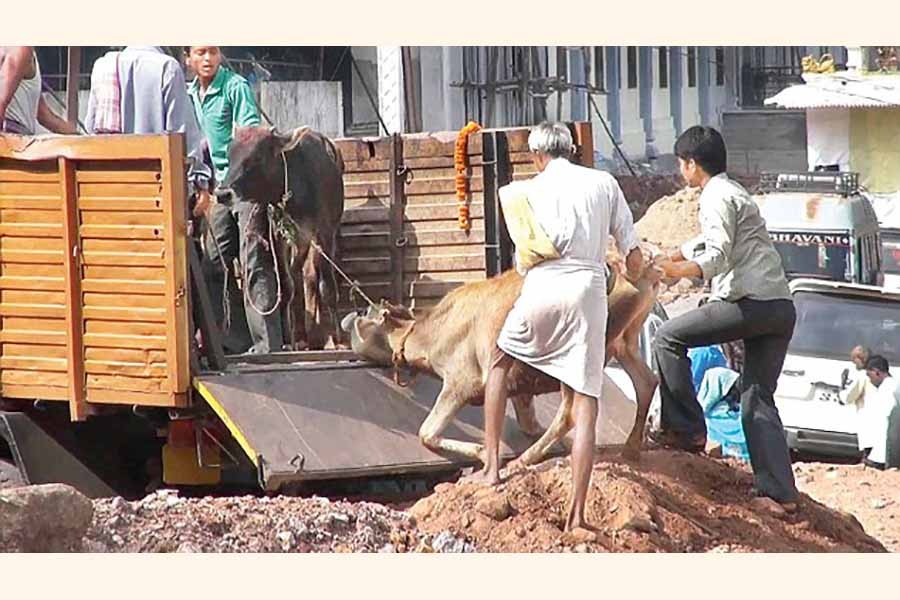Entry of unchecked cattle into the country across borders and the existence of non-functional quarantine stations are a weird combination. This paradoxical reality has long forced the nation to undergo a series of health hazards. The problem, a scourge to be precise, has been wreaking a silent havoc on the country's livestock resource, with unsuspecting consumers of animal products contacting cattle-borne diseases. To the utter dismay of experts and people aware of health and hygiene, the problem remains largely unknown to many. As different media outlets view it, the entry of animals from across the borders without being quarantined carries a threat: wholesale outbreak of animal-borne afflictions. Apart from long-known tuberculosis and diarrhoea of cattle, the spectre of the import of unknown diseases also looms large.
Given the unbridled smuggling of cattle, mostly cows, from the neighbouring countries, the situation threatens to spin out of control. The menace has been coming to the fore during the Eid-ul-Azha celebrations over the last few years. As the festival's main ritual warrants sacrifice of animals, high demand for affordable cattle turned out to be a persistent phenomenon. Cross-border cattle smugglers, in cahoots with unscrupulous quarters, could not care less if some cattle were diseased. This has been an open secret particularly during Eid-ul-Azha. The situation appears to have deteriorated due to a neighbouring country's restriction on export of cows. As a result, around one million cattle are being smuggled into Bangladesh annually from that country --virtually all of them without being subject to quarantine.
The country does have a relevant deterrent called the Animal and Animal Product Quarantine Act 2005, passed 12 years ago. Under the provision, cattle brought in without import documents and health certificates have to be quarantined. It could not be applied until now. The alleged non-availability of a vetting by the livestock services department to a corresponding rule has put the act's enforcement on hold. Calling it mere unfortunate and a red-tape meddling is an understatement. With public health already affected by this scourge, the sector may have to brace for sporadic bouts of epidemics caused by animal-borne diseases. Ironically, the authorities concerned are aware of the necessity of animal quarantine. According to medical science, over 70 per cent of human ailments are spread by birds and animals. This information is enough to cause alarm to the conscious segments of society. The rampant entry of unchecked cattle from across borders can only add to their worries.
The livestock services department has 24 quarantine stations at the ports. Of them, 19 are land-based. Lack of manpower and equipment has left most of them inoperative, with only a tiny few doing the job. The messy state of the cross-border entry of cattle into the country, viewed in the context of ground reality, has long been stuck in a web of irregularities. Cavalier attitude adopted by the authorities towards the menace, smugglers' invincibility and their collusion with a section of people in charge of checking entry of these animals are repeatedly highlighted but to no avail. Thus enforcement of the long put-off quarantine act proves to be a national urgency.


